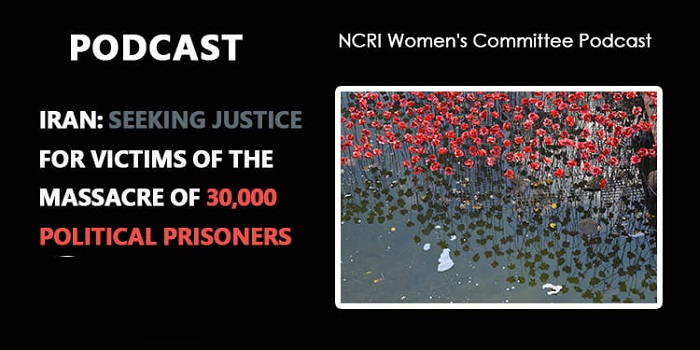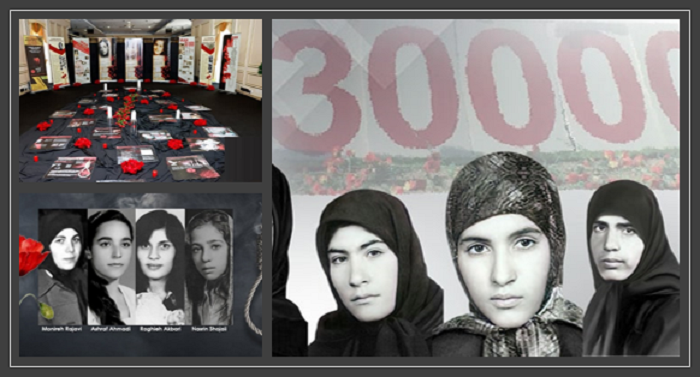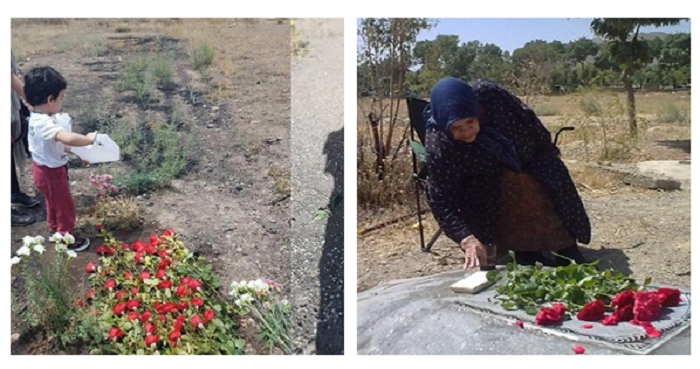
The Iranian clerical regime orchestrated this appalling massacre with the intent to eradicate anyone affiliated with the Iranian Opposition Movement, particularly the People’s Mojahedin of Iran (PMOI/MEK). The scale of brutality is beyond comprehension — victims were executed en masse, their bodies disposed of in unmarked graves, and even the most vulnerable, such as young girls and pregnant women, were not spared.
The summer of 1988 etched itself as a season of horror. The regime’s calculated approach to these executions is spine-chilling. Months prior, prisoners were relocated and classified, often unaware of their impending fate. The rushed and heartless nature of the executions showcases the regime’s complete disregard for human life.
This massacre’s impact on women is particularly profound. Women’s wards across different prisons were decimated, with few survivors emerging from the terror. Reports suggest that around 80 percent of PMOI women imprisoned in Evin Prison’s women’s ward 3 were executed by September. The stories of the five women from Ilam Prison, executed by firing squads, reflect the gruesome reality these women faced.

The massacre spanned from July 19, peaking between July 27 and August 16, an agonizing period that saw countless lives lost. The independent international fact-finding mission, formed to investigate the 2022-2023 protest executions, should extend its scope to cover the Iranian regime’s decades-long trail of crimes against humanity, including this massacre.
Ebrahim Raisi, Iran’s current president, was a member of the infamous “Death Commission” responsible for the 1988 massacre. His involvement cannot be denied, and justice must be sought for these heinous acts. It is a disheartening reality that the perpetrators behind this mass slaughter continue to evade accountability. In their bid to erase evidence of this gruesome event, the Iranian regime has taken disturbing steps.

The recent move to destroy the prisons where the massacre occurred, including the closure of Gohardasht Prison, is an alarming attempt to eradicate any trace of this dark history. The international community must rise to the occasion, amplifying the voices of those lost in 1988 and demanding accountability for the perpetrators. As August arrives, it is a solemn duty to remember the sacrifices made by these courageous souls and to renew the call for justice that remains unanswered for far too long.

MEK Iran (follow us on Twitter and Facebook), Maryam Rajavi’s on her site, Twitter & Facebook, NCRI (Twitter & Facebook), and People’s Mojahedin Organization of Iran – MEK IRAN – YouTu







